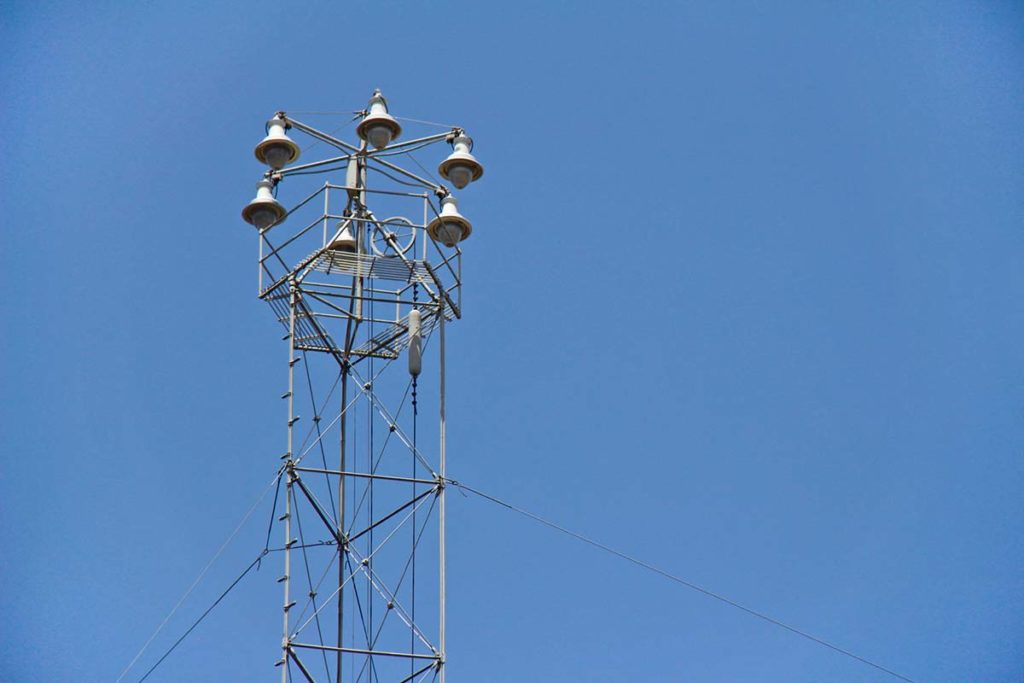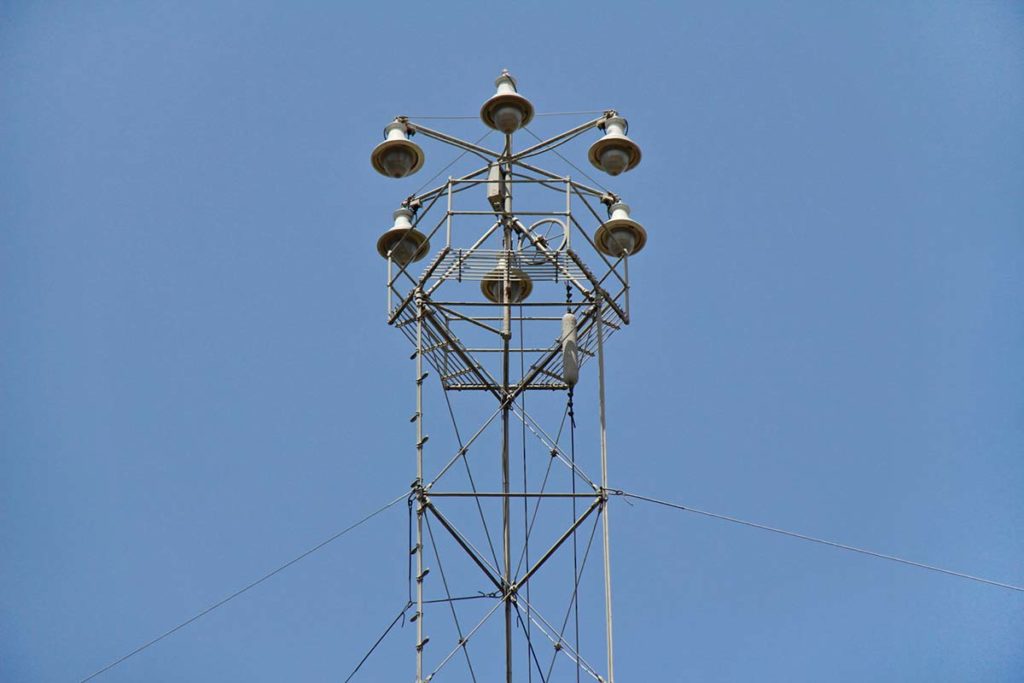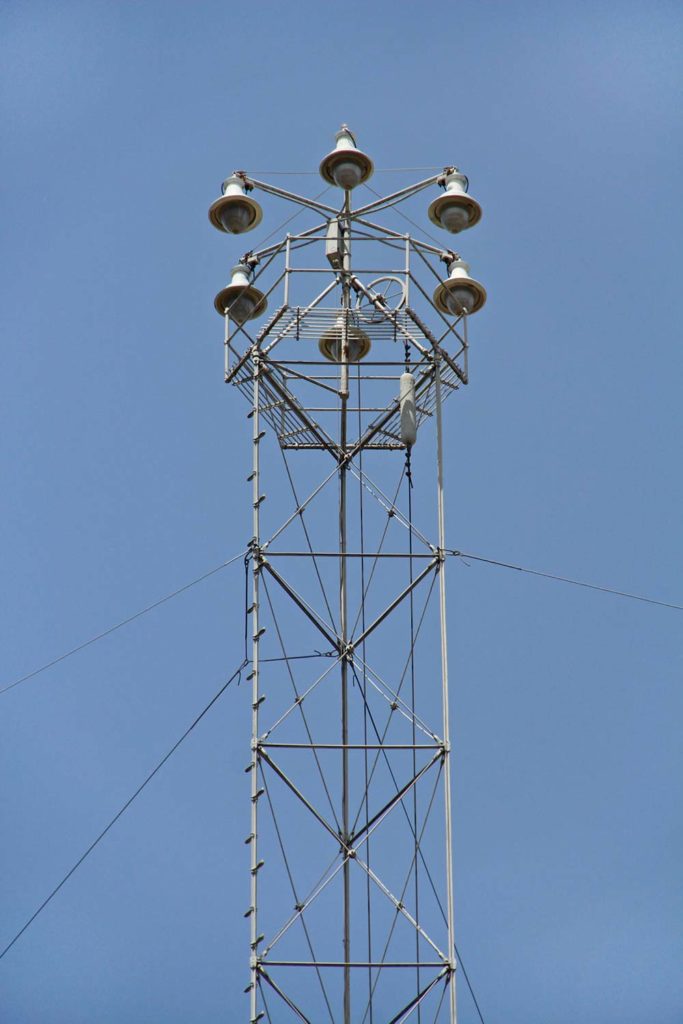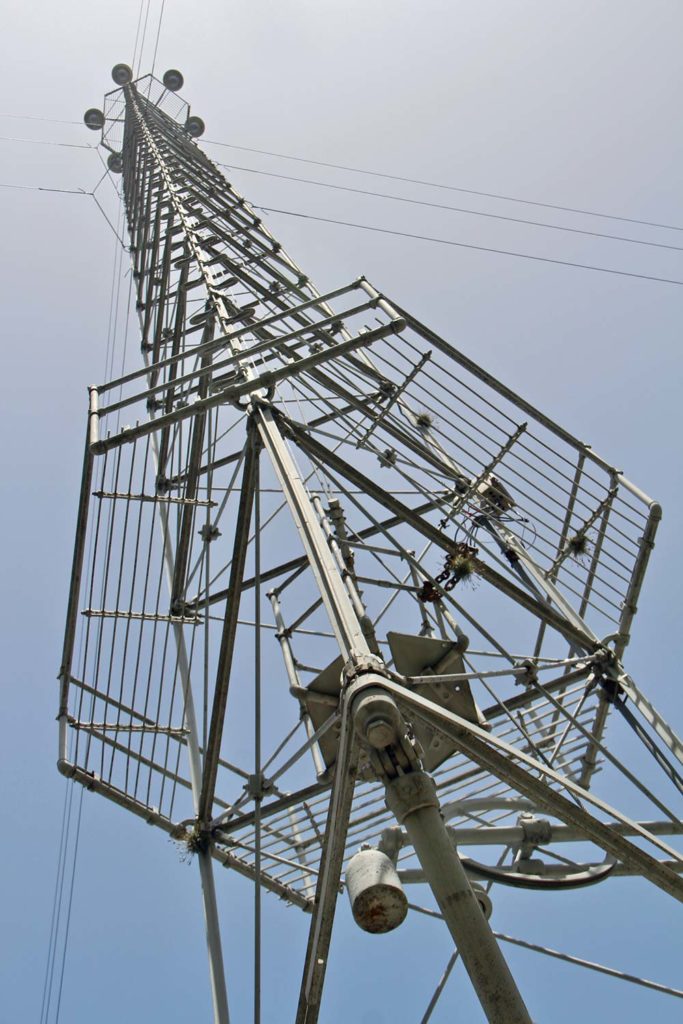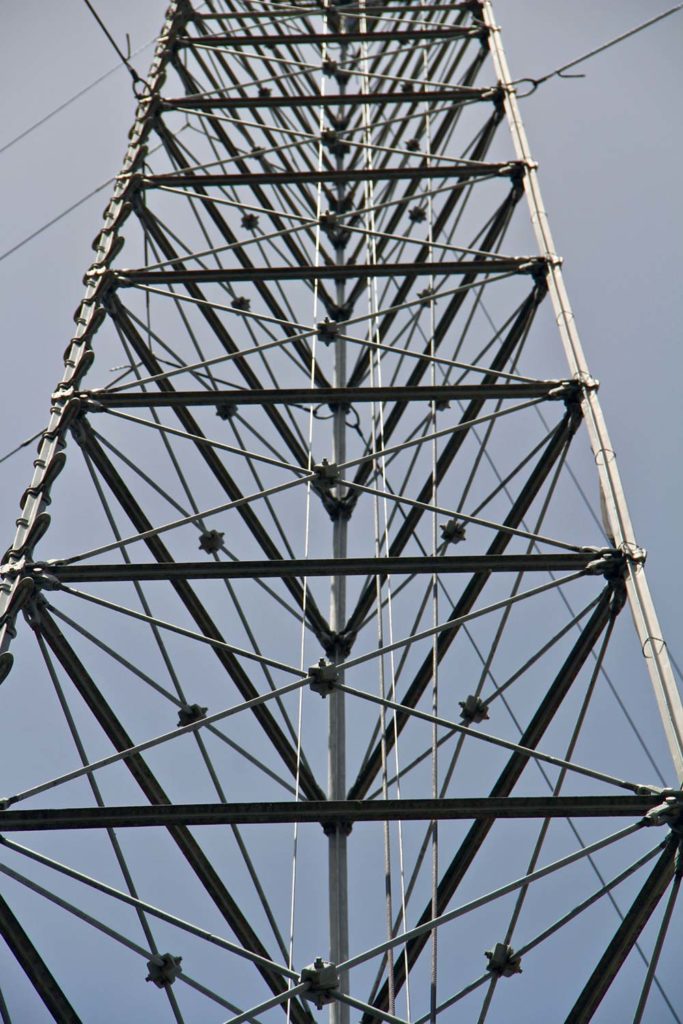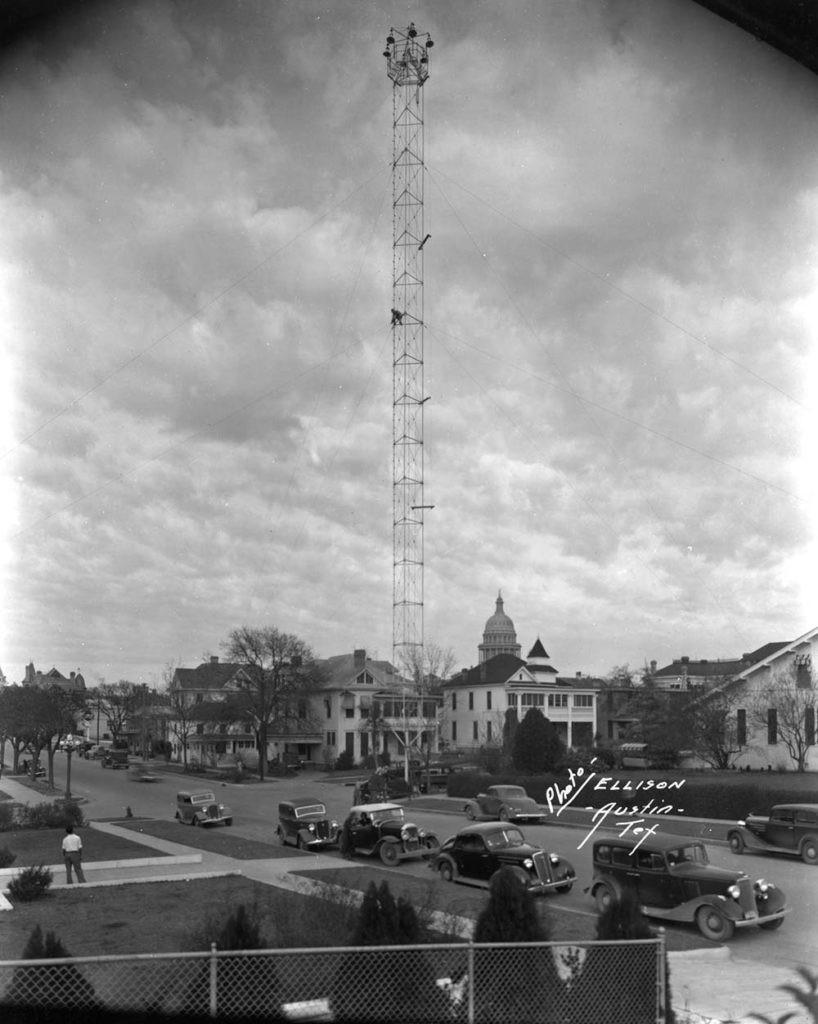“Party at the moon tower!” became a common refrain after the success of Dazed and Confused, Richard Linklater’s coming-of-age film in which a group of daring stoners climbs to the top of one of Austin’s spindly spotlights. But that iconic scene would never have happened if not for the lucky legacy of these legendary lanterns. Originally met with skepticism, today the remaining towers are beloved relics of a bygone era. Although the tower that once stood here is no longer extant, two of its siblings may be found within a few blocks: one at the southeast corner of West 9th Street and Guadalupe, and another at the southeast corner of East 11th Street and Trinity.
Contrary to popular belief, the towers were not the result of an infamous series of killings (known as the Servant Girl Murders) that took place from 1884-85. Construction of the towers was initiated nearly ten years later, when the completion of the Austin Dam made generating electrical power for such large-scale projects possible for the first time. Fabricated by the Fort Wayne Electric Company, the 165-foot-tall vertical truss structures were assembled from prefabricated pieces and stabilized with guide wires.
While today the lamps have been retrofitted with LEDs, the original structures housed carbon arc lamps that produced an extremely bright light by sustaining an arc of sparks between two electrified carbon rods. The arc lamps gave off a blue-white light that recalled that of the moon; hence their nickname. At the time, the towers represented most Austinites’ first encounter with electricity; some even worried that the extra light would result in overgrown vegetation or disturb their chickens’ egg-laying routines.
As the decades wore on and moonlight towers in other cities were replaced with more efficient systems, Austin’s towers maintained a reassuring—albeit less effective—presence despite the installation of brighter streetlamps. Even so, their numbers gradually dwindled. The remaining towers’ listing on the National Register of Historic Places in 1976 reflected a resurgence of appreciation for the structures, and in 1995 the city marked their 100th anniversary with a comprehensive restoration. Today, only 17 of the 31 original towers are accounted for; a mere six stand in their original locations and four are temporarily dismantled. A full map of Austin’s lunar lights may be viewed here. – Bud Franck



